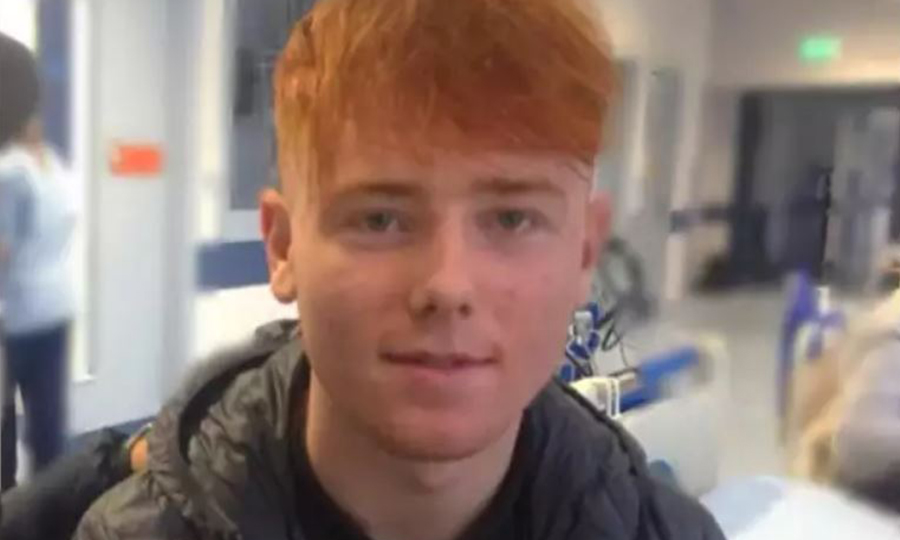
A LEADING children’s charity has called for a Government review to explain why children from England are taking up half the spaces in Scotland’s secure care units.
The review of mental health services for young people in custody was ordered after the suicides of youngsters, including William Lindsay, 16.
William should have been accommodated in secure care, but there were no places available and, after being sent to Polmont, he was taken off suicide watch before being found hanged in his cell on October 7.
Last month, we told how there was a lack of spaces in Scotland’s five secure care units, with around half of the 89 beds taken up by children from England and Wales.
The five Scottish units – four of which are privately run – are paid for taking the English and Welsh children.
It comes following a change in the law last year which made it easier for children from England and Wales to be placed in secure care facilities here.
In Scottish Government documents from 2017, Deputy First Minister John Swinney warned that income from non-Scottish placements was necessary to keep all five units open.
The charity Includem had been working with William before he took his own life after being sent to Polmont Young Offenders’ Institution last month.
Martin Dorchester, chief executive of Includem, said the review ordered after his death must look at secure care accommodation placements, and said changes must be made to ensure Scottish children who are in need of a place receive one.
Mr Dorchester said: “We have accepted that a decision had to be made about William because there wasn’t room.
“How did we get to the stage where English and Welsh children are being accommodated in Scotland therefore we don’t have space for Scottish children? There’s a direct link to government policy there.
“If there is no guarantee that English and Welsh children can be accommodated then (their local authorities) will seek help elsewhere.
“It is related to government policy, so how do we review this?”
Mr Dorchester added that internal decisions at Polmont, and the decisions of the sheriff who sent William there should also be looked into.
On Friday, the Scottish Government announced a review of mental health services for young people in custody after his death and that of student Katie Allan, 21, who took her own life after being detained for a drink-driving offence.
Justice Secretary Humza Yousaf said the review would involve a mental health expert and HM Inspectorate of Prisons.
In a letter to MSPs, Mr Yousaf, said: “The review will not consider the specific circumstances of recent cases which are the subject of current or future mandatory fatal accident inquiries.
“We are also aware of issues being raised about the information that is available about a young person’s history before decisions are taken that can lead to them being sent to custody or secure care.”

Enjoy the convenience of having The Sunday Post delivered as a digital ePaper straight to your smartphone, tablet or computer.
Subscribe for only £5.49 a month and enjoy all the benefits of the printed paper as a digital replica.
Subscribe